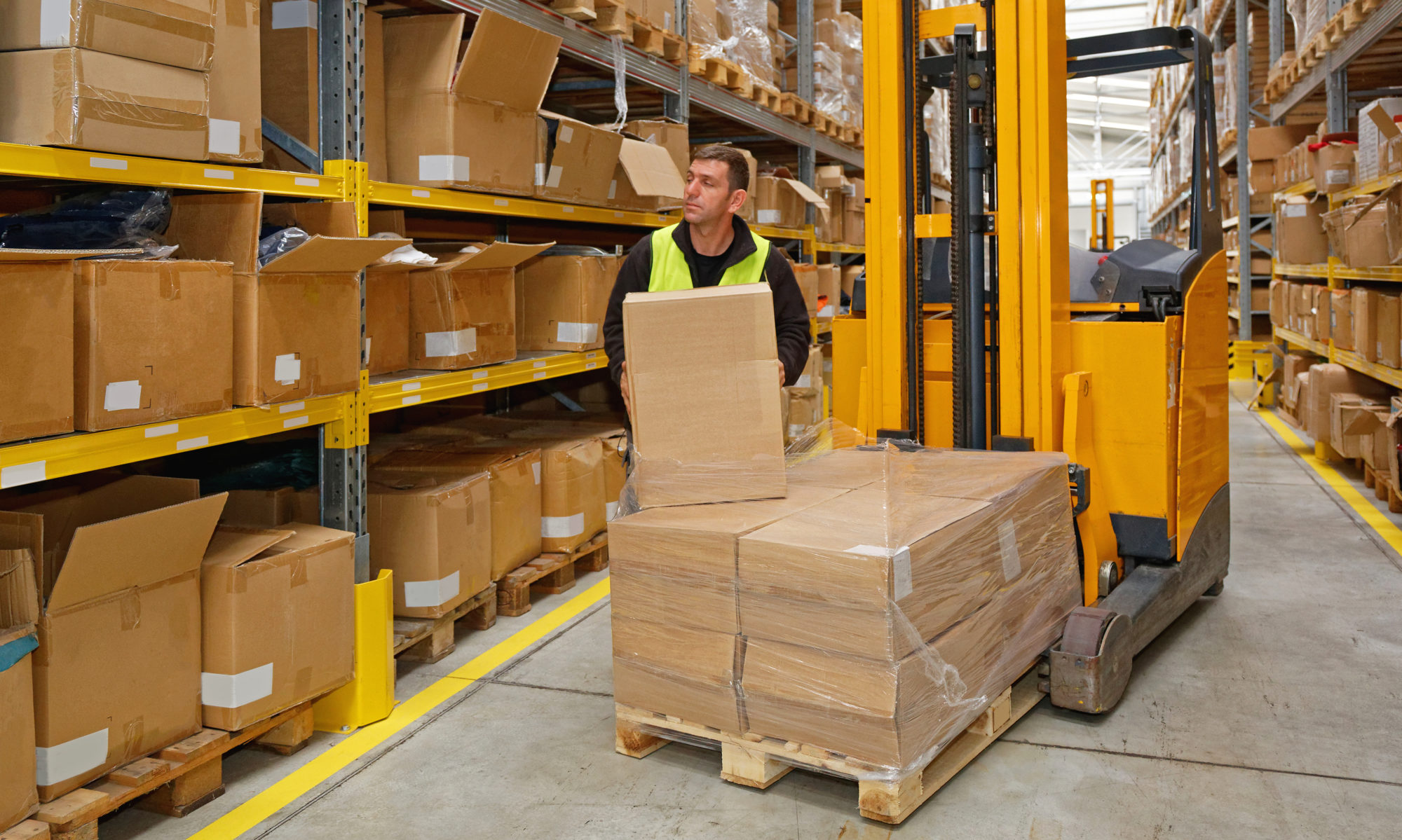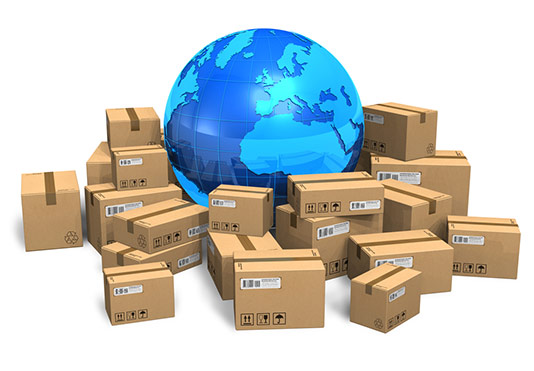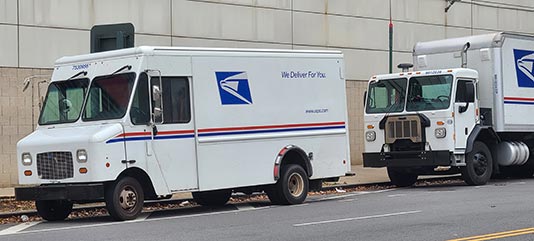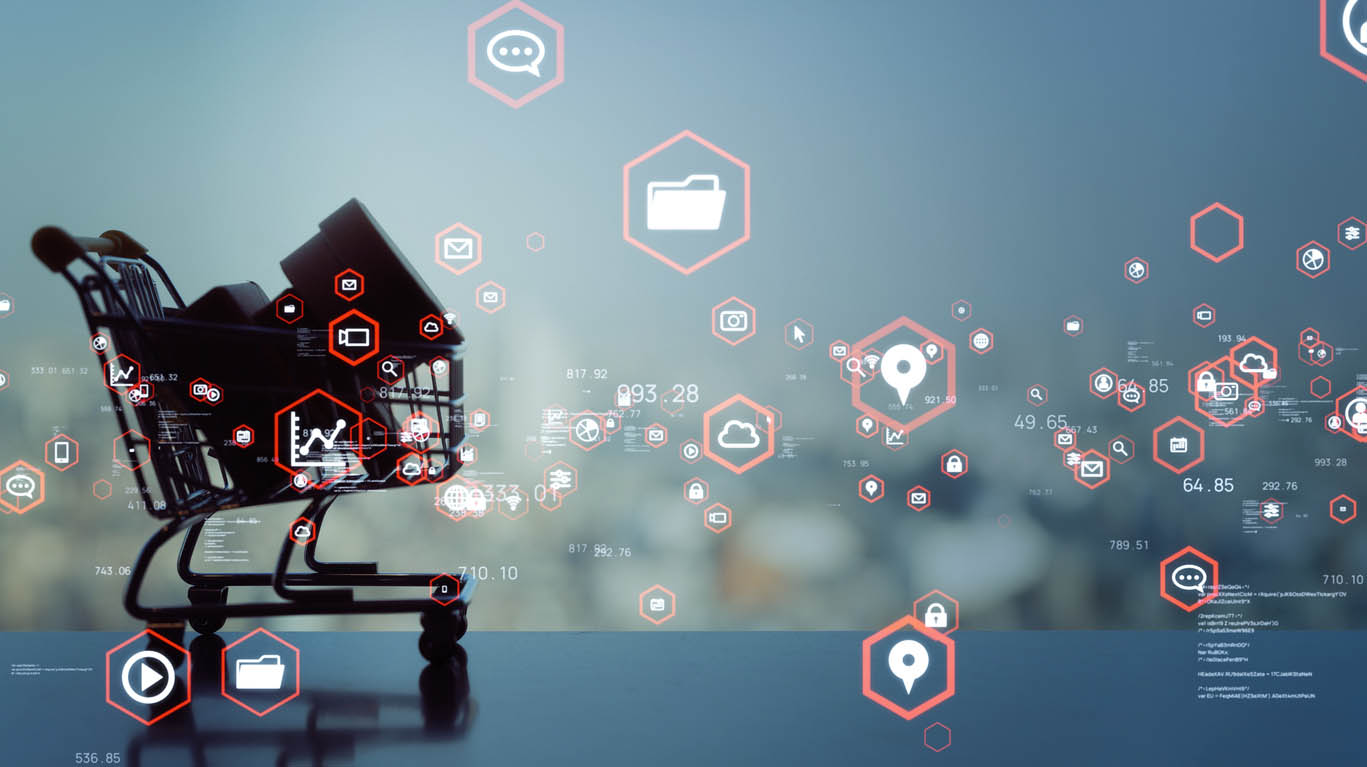Considerations for eCommerce and Brick and Mortar Store Owners
In the increasingly crowded and competitive world of eCommerce, Amazon remains the gold standard. The impact of the online retailing behemoth has been so primal and far-reaching that marketing experts have coined a term for it: “Amazon Effect.”
As the leader in California fulfillment services, we work to stay on top of trends and innovations influencing the industry. Here’s what you need to know about the Amazon Effect and how it applies to your business.
Shifting Buyer Expectations
Amazon’s principal effect has come in the area of buyer expectations. Consumers are demanding a buyer’s journey be “frictionless and immediate,” and these expectations cut across the digital arena to goods and services purchased in brick-and-mortar locations.
These three benefits top the list of what retailers are expected to provide today:
• Free shipping, which is most prominently featured in Amazon’s Prime membership program. While shipping costs can be steep, Amazon has found that it’s paid off in powerful customer loyalty and add-on sales.
• Speedy turnaround time, where customers receive orders in days rather than weeks. Amazon Prime’s free shipping takes only two days, and same-day delivery is available in more than 10,000 locations.
• Easy access, with a variety of options for ordering and delivery. For example, Amazon offers delivery or pick-up for grocery orders and certain items are eligible for subscriptions where orders are entered and delivered automatically.
Generational Differences and the Millennial Mindset
Not surprisingly, younger consumers who have spent their entire lives with technology are more demanding when it comes to eCommerce fulfillment and delivery. A survey of online shoppers in the U.S., Canada and U.K. found that less than 50 percent of respondents between the ages of 18 and 34 were fully satisfied with their orders.
Other studies have uncovered the “Millennial Mindset,” which Amazon has embraced with great success. The Millennial Mindset is a group of six brand values that buyers from 18-34 rate highly in their shopping experience:
• Social Circle: Is a brand popular within a buyer’s circle of family and friends?
• Self: Does a brand generate an emotional connection?
• Innovative: Does a brand lead its field in creative advancements?
• Trusted: Does a brand have consumers’ best interests at heart?
• Purposeful: Does a brand contribute to the greater good?
• Accessible: Is a brand easily assimilated into a buyer’s lifestyle?
While this mindset originated with Millennials, it’s having a ripple effect through other generations. At this point, Generation X has adopted the mindset nearly as completely as Millennials have.
Countering the Amazon Effect in Brick-and-Mortar Stores
• Use locations to complement eCommerce, not duplicate or compete with it.
• Engage high-tech solutions to track in-store behavior
• Leverage mobile apps with mPos, location-aware coupons and personalized service.
California Fulfillment Services that Exceed Customer Expectations
Medallion Fulfillment & Logistics provides a comprehensive set of eCommerce services that scale to meet your specific needs. Contact us to learn more about why we should be your first choice in cost-effective and efficient California fulfillment services.





